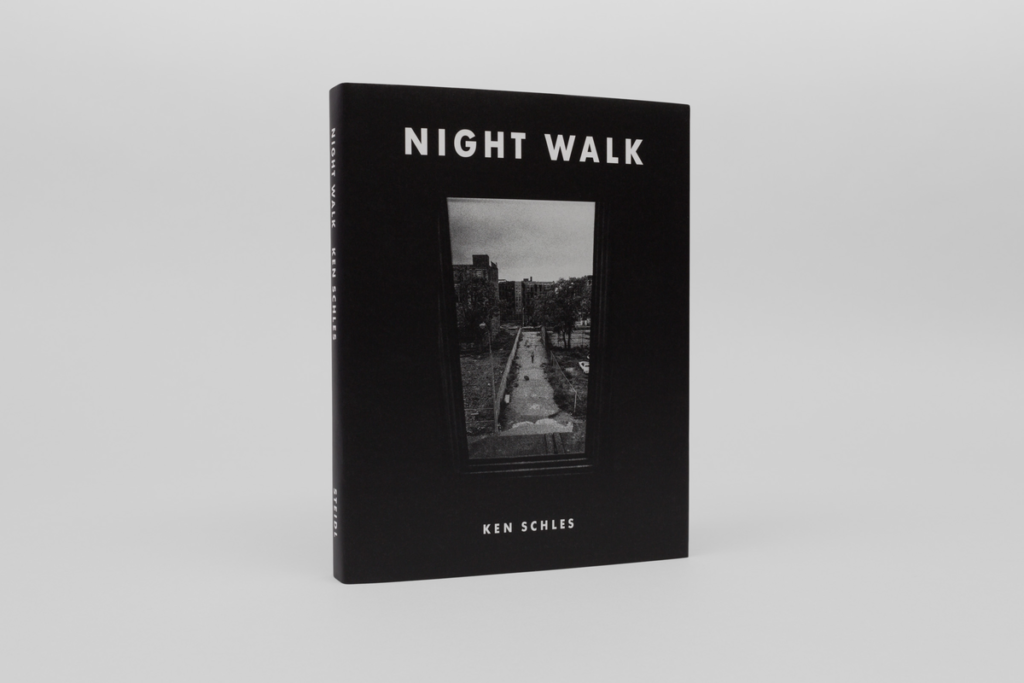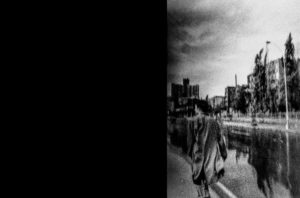
I started experimenting with my images from photoshoot 5 in photoshop, taking inspiration again from the photograms in Chrystel Leas series ‘field studies’ with new material. I want to continue developing my interpretations of her work so i can include some in my final photobook. In this photoshoot i collected natural objects like plants and rocks and displayed them formally. In Photoshop I inverted the images so that the white background i photographed the objects on turned black. I then adjusted the hue of the images to create different variations of the same image. I also adjusted the levels in the image to produce the most aesthetically pleasing image with the most detail. After this process i edit the image in Lightroom and edit around the objects so that the background is the same colour, eliminating any lighting and marks that weren’t supposed to be there.

I particularly liked this image when i experimented with different colours as i think the multiple objects displayed makes the image more interesting to look at and creates more of an impactful image. I also chose to display these images together as i think they work best as multiple images together, rather than singles images by themselves, as it shows the contrast between the 4 images and the variations. It also shows how the colour of the main subject of the image can can the whole feeling of the image. For example, the red image makes me think the there is a negative concept and message behind the plants, whereas this effect is not created in the yellow edited image.
Displaying them together shows how there can be many variations of the same image, that portray different meaning through colour. In these images i think that the black background works well as it emphasises the repetition of the leaves and shapes going down in size and the different shape that each plant has. I also chose to photograph this image landscape, unlike my other images in this photoshoot as i wanted to display the different sizes of plant. I think this can then show plants at different stages of their life representing how the landscape is constantly changing and growing .

Anna Atkins’s cyanotype of the eagle fern (1843)

I like the effect created when I inverted this image and adjusted the levels without changing the hue in this image as I think it reflects the early photograms that botanists made with light. One example is Anna Atkins’ photograms of algae in 1843. I think it creates an image reflecting the ideologies of romanticism that isn’t shown as much in the images where i edited them have a black background. This is because the main subject is made to seem brighter because of the brighter blue background, creating a more delicate and fragile appearance the objects. I also like this effect as it makes the appearance of the image seem more scientific, like an X-ray analysing every aspect of what’s portrayed.
The flowers in the inverted image look as though they are slightly blurred. This is because the shadows i created when taking the photographs have turned whiter, blending with the actual objects, making it seem as it it’s slightly moving. This reflects Mandy Barkers images in her series ‘Beyond Drifting: Imperfectly Known Animals’ where she moves the the plastic debris she’s photographing so it’s blurred and looks as though it floating in the sea. 
I continued experimenting with this image to see if i liked them in colour edits. I found that i do like them, but for a different reason to the first edit. These images have a more powerful, impactful appearance in comparison to the first edit. This is is because of the contrast between the dark black background with the bright colours of the plants and rocks. I also like these images as i think they grab the audiences attention quicker, and the repetition of the same image horizontally shows how variations of the same image can look very different.
I think i prefer the first two images other than the forth and fifth images as i think the last two look to edited and artificial. Although that was the intention of editing the in bright colours, the last two might be too edited. The first two are yellow and red and work as a juxtaposition to one another, whereas the last two don’t work as well as a contrast as they are both tones of blue. Overall I think these images work well as a series showing different colour edits. If i were to use them in my photobook i would arrange them in a different order so that the two tones of blue weren’t next to each other in the series.

Finally, i created different edits of images displaying just plants in them, also including some small flowers i found on La Motte. I think these are my favourite two images that i edited as i think they created a more delicate appearance that wasn’t there when rocks were displayed in the image. This is because rocks are bold and structured in comparison to the plants I’ve displayed. I first started editing these images by inverting them and not changing the hue to see if this image work as well as the previous image. I found that i liked this edit, creating a similar appearance to the the previous ones, reflecting the work of botanist Anna Atkins that some would consider the first female photographer. I developed them further and found that i preferred these images when i adjusted them in colour.


These three images are my favourite variations of colour edits. The first two are the same image edited in yellow and blue. I like the first image as it simplistic yet detailed at the same time. The detailed patterns created by the stem and flowers on the plant make the image more interesting, but it is still simplistic through the dark black background. This focuses all the attention to the object in the image.
I arranged the plants this way, with one placed vertically with the other coming out of it side, as it creates the appearance that it’s just one plant and i also wanted the stems and flowers to be pointing in different directions to create a more interesting shape. Having the plants in different directions makes them more emphasised against the black background as you are able to see all parts of the plant, rather than them being on top of one another.
The second image is edited in blue tones. I made the plant brighter in this image in comparison to the others as i thought it worked well with the blue background. Also in this image i decided that instead of a black background i would experiment by having a more navy colour to complement the blue tones of the plant, which i think worked well. In this images the blurred lines are emphasised more which is an effect i like.
The third image is my favourite from the shoot. In addition to the plant, i also added small flowers that i found on La Motte on the left side of the image to give it another interesting aspect. I think this image worked well as a yellow edit, as the flowers i found were originally yellow, so the edit emphasises there natural colour making them stand out more. I also think that they complement the plant well as they are different tones of yellow, the plant being a more darker yellow with hints of brown. The same delicate effect is created taking inspiration from the ideologies of romanticism, similar to the first two images but i think this effect is emphasised with further with the flowers added. This is because of how the flowers all create different shapes against the black background, not one being the same. When photographing this image i tried to make it seem a though they were originally apart of the plant, but had fallen of due to the changing environment.





